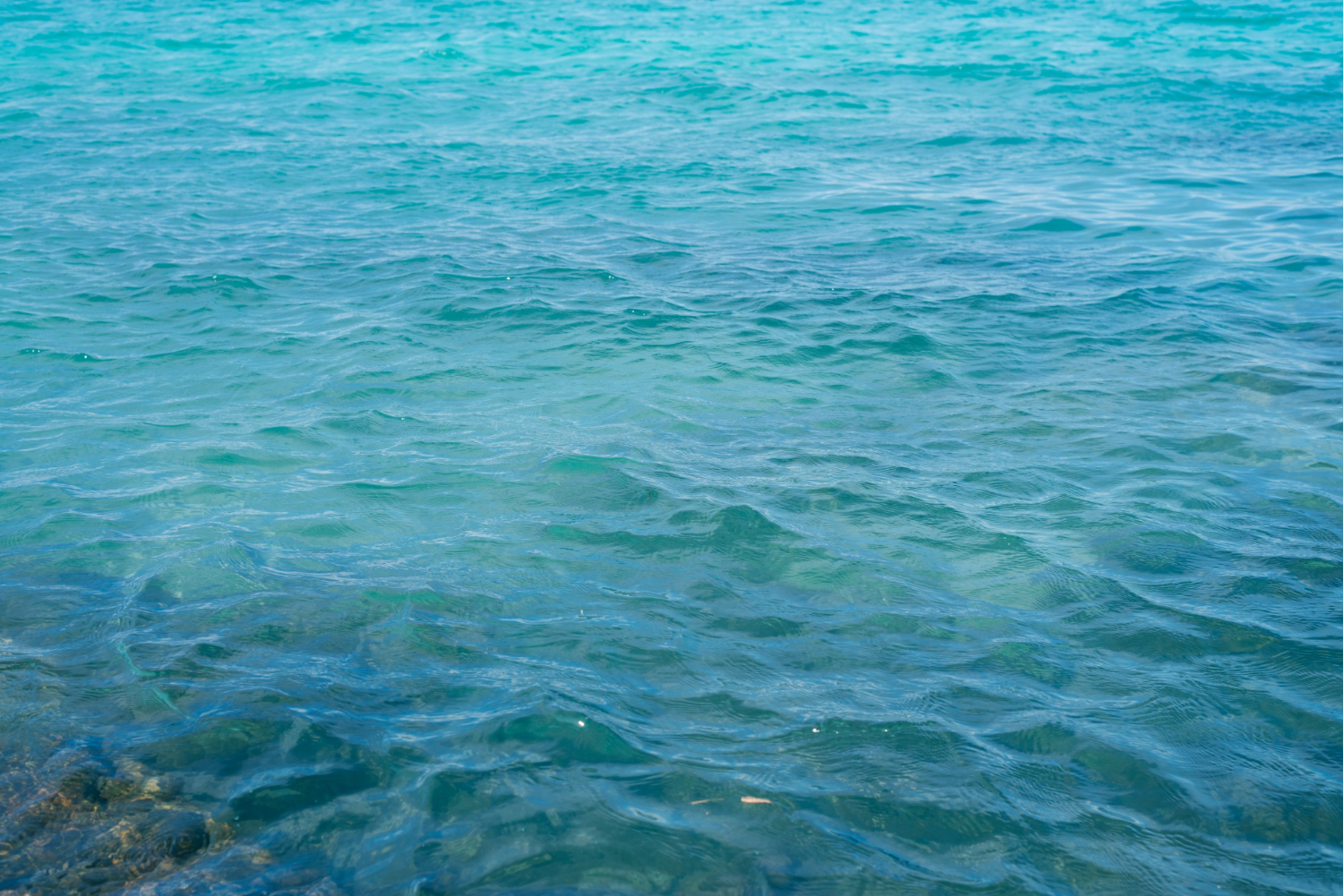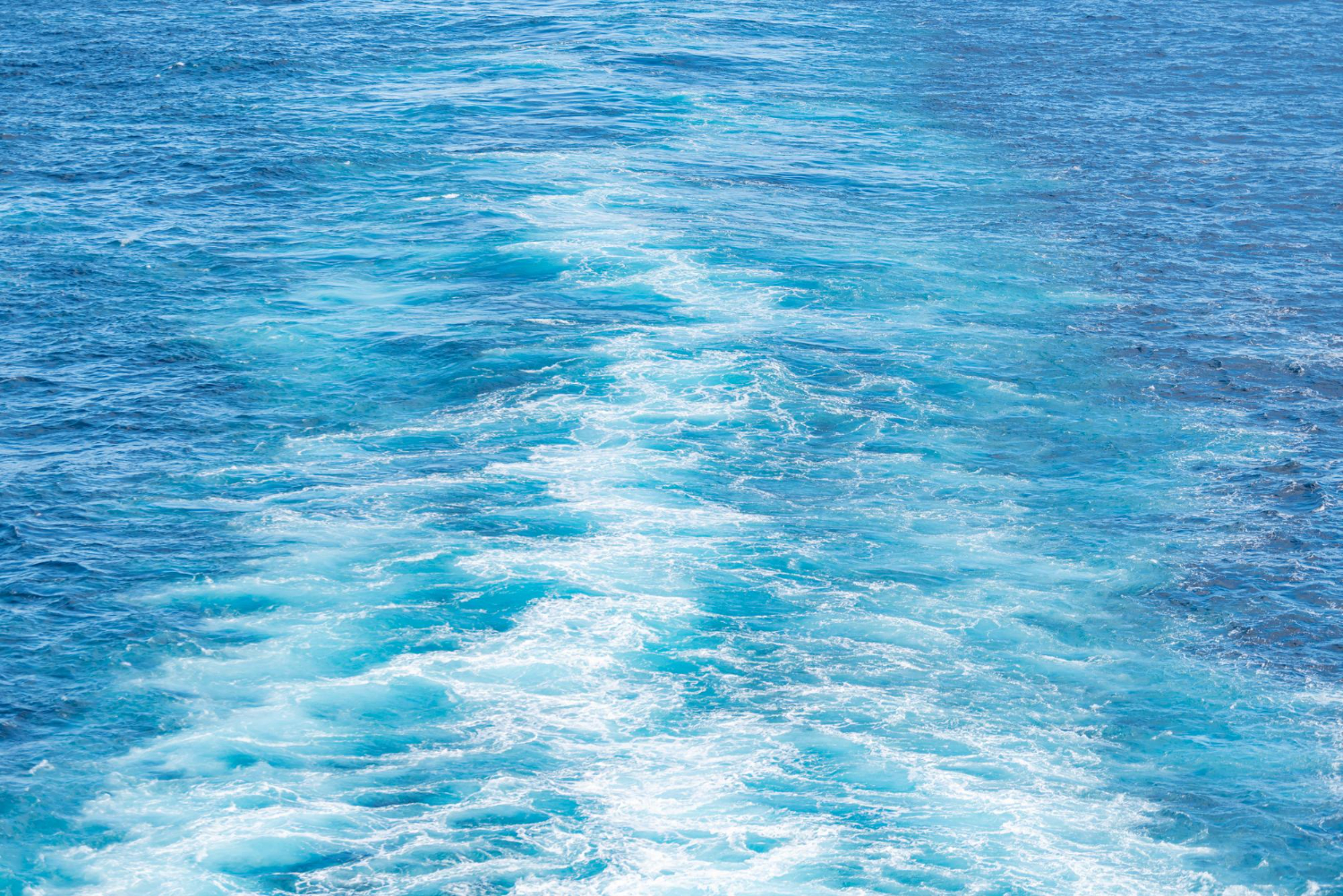Table of Content
The world’s oceans cover over 70% of Earth, and one of their most fascinating features is how salty they are. If you’ve ever swum in the ocean, you’ve probably noticed this saltiness. But have you ever wondered, sea water is salty, why? To answer this question, we need to explore the processes that make sea water salty and why this is important for our planet.
The Origins
To understand sea water is salty why, we first need to know where the salt comes from. Most of the salt in the ocean comes from the Earth’s crust. Over millions of years, natural processes have added salt to the sea.
When it rains, the water becomes slightly acidic as it mixes with carbon dioxide in the air. This weak acid then flows over rocks, breaking them down. As the rocks break down, they release minerals, including sodium and chloride, which are the main ingredients of salt. These minerals get carried by rivers and streams to the ocean. Over time, this process has made the sea water salty. Sea water is salty why? It’s because the water in the ocean evaporates, but the salts stay behind, making the ocean saltier over time.
Volcanic activity also contributes to the salt in seawater. Underwater volcanoes release minerals and gases into the ocean, adding to the salinity. Hydrothermal vents on the ocean floor also release minerals, which mix with seawater and make it salty.
What’s in Sea Salt?
When we talk about salt, we usually think of table salt, which is sodium chloride. However, seawater contains a lot more than just sodium chloride. The salinity of seawater is typically measured in parts per thousand (ppt), and on average, seawater has a salinity of about 35 ppt. This means that in every liter of seawater, there are about 35 grams of dissolved salts.
So, sea water is salty why? It’s because of various salts and minerals, not just sodium chloride. The most common salts in seawater include:
- Magnesium: This is the second most abundant salt in seawater, making up about 10% of the total.
- Calcium: This helps marine life, especially creatures like coral and shellfish, to form their shells.
- Potassium: This is an important nutrient for marine plants and animals.
- Sulfate: Another major component of seawater that contributes to its salinity.
These different salts are essential for marine life. They affect everything from how water floats to how marine organisms maintain their body chemistry. So, the simple answer to sea water is salty why lies in the mix of salts and minerals that are dissolved in the water.
How the Ocean Stays Salty
One might wonder why the ocean doesn’t just keep getting saltier and saltier over time. After all, rivers keep adding fresh water and salts to the sea, and water evaporates from the ocean, leaving the salt behind. Sea water is salty why, and how does it stay at a constant level of saltiness?
The ocean’s saltiness stays balanced due to various processes that remove salts from the water. For example, some minerals, like calcium carbonate, settle out of the water and form layers on the ocean floor. This helps regulate the levels of certain minerals in the ocean.
Additionally, marine organisms remove salts from seawater as they build their shells and skeletons. When these creatures die, their remains sink to the ocean floor, taking the salts with them. This process helps to keep the ocean from becoming too salty.
Tectonic plate movements also play a role. When the Earth’s plates move, some of the oceanic crust gets pushed back into the Earth’s mantle, carrying salts with it. These processes together ensure that while sea water is salty, it doesn’t become overly salty over time.

Its Role in Ocean Circulation and Climate
The fact that sea water is salty is not just a fun fact—it’s crucial for the way the ocean works and even affects Earth’s climate. Ocean water is always on the move, driven by wind, temperature, and salinity. One important process, called thermohaline circulation, is driven by differences in water temperature (thermo) and salinity (haline).
In colder parts of the world, seawater becomes colder and saltier, making it denser. This dense water sinks to the bottom of the ocean and flows across the seafloor, creating deep ocean currents. These currents travel long distances and help move heat and nutrients around the globe. This circulation is like a conveyor belt that helps balance Earth’s climate. So, sea water is salty why? Because it’s a key part of the system that regulates global temperatures.
However, changes in salinity due to climate change can disrupt these ocean currents. For example, as ice melts due to rising global temperatures, more freshwater enters the ocean. This dilution of seawater can affect the density-driven currents and alter climate patterns, which is why understanding sea water is salty why is vital to predicting future climate changes.
Its Importance for Marine Life
Salinity plays a significant role in the lives of marine organisms. Most marine species are adapted to live in water with a specific salinity range. Sea water is salty why? Because marine life depends on it. Many fish, invertebrates, and plants have evolved to match the salinity of the surrounding water, and changes in salinity can have serious effects on them.
Fish, for example, have special gills that help them regulate the salt in their bodies, ensuring they can survive in salty water. Marine plants like seagrasses have adapted to filter and store water in ways that allow them to thrive in a salty environment.
If salinity levels change due to pollution or climate change, it can throw off this delicate balance. In areas where salinity decreases because of increased freshwater, some marine species may struggle to survive. So, the question sea water is salty why also ties into how changes in salinity can impact the delicate balance of life in the ocean.

Why the Salinity of Sea Water Matters
The saltiness of seawater is not just a scientific detail—it is fundamental to how our planet functions. Understanding sea water is salty why helps us appreciate the intricate connections between the Earth’s geology, climate, and ecosystems. The processes that make sea water salty have been in place for millions of years, and they are essential for marine life and global climate.
However, human activities like pollution, overfishing, and climate change are putting pressure on marine environments. By learning more about sea water is salty why and how these factors influence ocean salinity, we can better understand the consequences of our actions and work to protect the health of our oceans.
For example, reducing carbon emissions can help slow climate change and preserve the balance of ocean salinity. Protecting marine habitats, reducing pollution, and managing fisheries responsibly are also important steps toward maintaining the ocean’s health.
Conclusion —The Bigger Picture
The question sea water is salty why leads us on a journey through Earth’s natural processes, from rock weathering on land to the deep ocean currents that regulate our climate. The salt in the ocean comes from millions of years of interactions between water, rocks, and the atmosphere. It plays a critical role in marine ecosystems and the climate system.
Beyond the science, sea water is salty why serves as a reminder of how interconnected life on Earth is. The processes that create and maintain the ocean’s salinity are part of a delicate balance that sustains life on our planet. As we face the challenges of a changing world, understanding and protecting this balance is more important than ever.

Leave a Reply